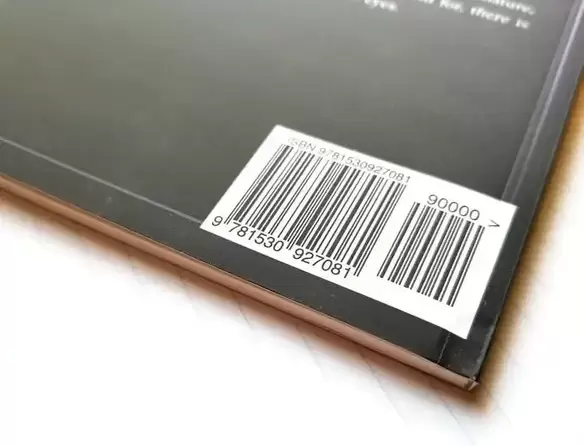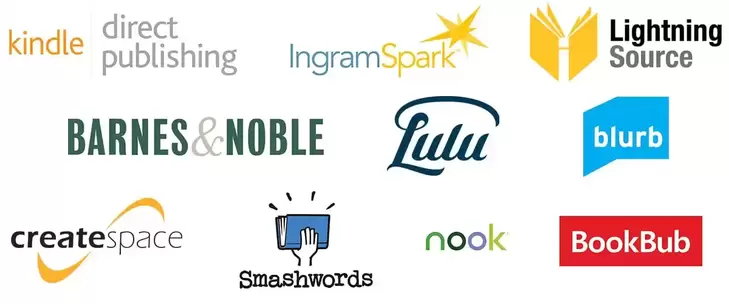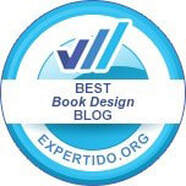|
If you’re an indie author you’ll have a good understanding of just how much work goes in to publishing and then promoting your book, recent reports also show us that self-publishing has increased year on year, and there are now 2,000 plus books being self-published each an every day in the USA alone.
As an author you will find yourself in a very crowded market place (and one that continues to grow), so marketing your book and having a platform to reach a larger audience has never been so important. The platforms that the majority of authors will initially use will of course be within social media, creating pages through Facebook, Twitter, Pinterest and Instagram are most author’s first steps, the great thing is that they are free to set up, they’re established (as in, most people will have access to these platforms and know how to navigate them) and they have some great options to promote and use paid advertising
0 Comments
It’s become very clear to see that the trend for publishing your book in audiobook format is gaining momentum, with global sales of audiobooks increasing in 2017 by 22.7% (in 2016 their sales had increased on the prior year by 21.5%), it’s obvious that there is an opportunity for the author and/or publishing house.
The statistics of these sales are quite interesting too, they show that 54% of listeners are under the age of 45 and tend to listen to an average of at least 15 audiobooks per year, they were also reading a small amount of physical books each year too (great news for the author). The most popular genres being Mysteries, Thrillers, Suspense, Sci-Fi and Romance. So, publishing in audiobook format makes complete sense for most authors, it enables you to reach a growing audience who is also happy to buy and read physical books, as well as consume more audiobooks than most read in an average year. Once you have completed writing your manuscript you should look at having a professional editor review it, this is a stage that some indie authors overlook, sometimes for cost reasons and in others for over confidence. However, being so close to a volume of writing can lead to a blinkered view with regards to the flow, construction and fine tuning of the work.
A good editor is not there to be a negative over-user of red ink, they should be able to help you in polishing your work to a higher level and thus give your book the best chance of shining when it’s published. If you’re publishing a book or have already done so you will need an ISBN beforehand, these ISBNs are something we see upon the back of every book, but we tend not to pay that much attention to them, that is until we need to organize one for our own book.
Well the ISBN or International Standard Book Number is a 10 digit or (more recently) a 13 digit number which identifies each and every book for libraries, book sellers and publishers. Originally it started off with a nine digit number in the late sixties which changed to 10 and then just over ten years ago they increased the digits to thirteen to keep up with the increase in publishing. Self-publishing has proven to be a great way to get your book into the market place, but this popularity has had a dramatic effect on the numbers of new books hitting the online (and traditional) stores. Looking at the latest reports from Bowker they show that self-publishing has increased to pass the one million mark for the first time (per annum), this breaks down to an average of over 2,700 new books being launched every day, that’s a lot of new titles.
So, for the new author (or the existing one) it means you’re up against a great deal of competition from the very beginning, and this is a number which will only grow, self-published books grew by 28% in 2017 and is forecast to keep growing. Most authors will at some point in their life face writer’s block, and for some this can feel completely crippling, staring blankly at the page before them with no idea of how to start or where to go next. This is something that has affected the most successful writers and authors of every age, so you’re in good company if you’re battling a block right now.
The good news is that you can work past any block, with the right frame of mind and trying some of the following techniques you can get your flow back and start writing once more! So here are our top ten ideas of overcoming writer’s block. Successful book promotion relies upon the dedication of the author (if you’re independently launching your book), there are of course some great ways to publish, but once your book is actually for sale what do you do next to reach a larger audience?
Well the good news is that there are plenty of things that every author can do to self-promote, with a little planning and some effort you can ensure that more people see your book and that you go on to build a future readership. So here we have our list of TWENTY things you can do to promote your book. |
JD&JCategories
All
Archives
July 2024
All information within this website (including its blog) is published in good faith and for general information purposes only. JD&J Design LLC does not make any warranties about the reliability and accuracy of this information. Any action you take upon the information in this website is strictly at your own risk. JD&J Design LLC is not liable for any losses and/or damages in connection with the use of this site and information.
|










